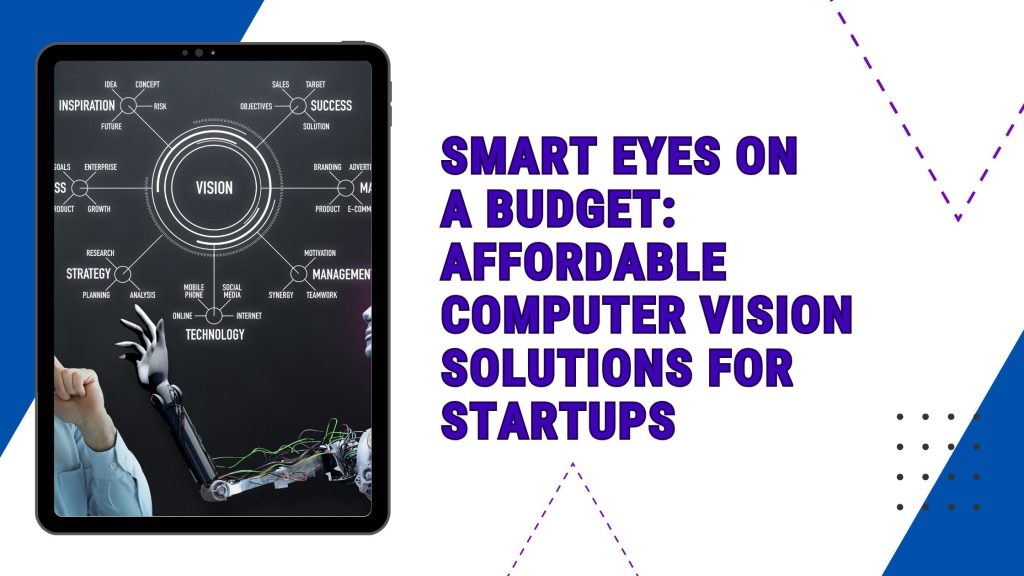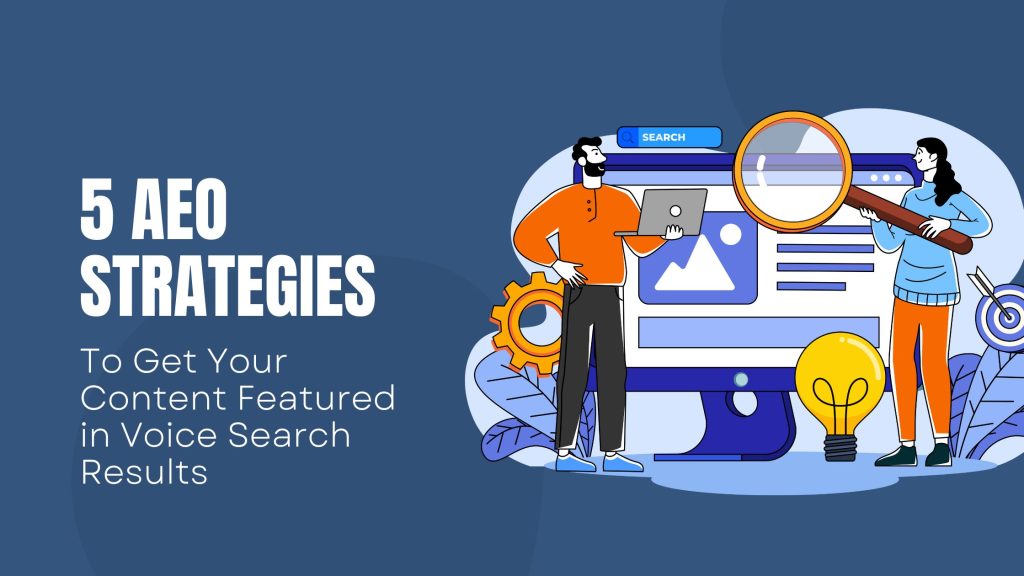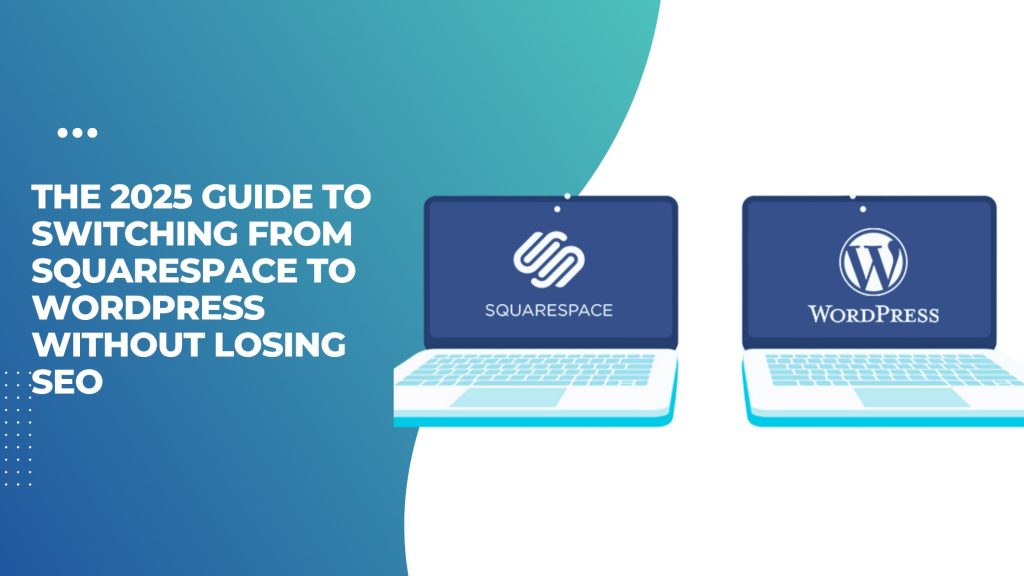Artificial Intelligence is no longer just a futuristic concept; it’s shaping our present in profound ways. From enhancing customer experiences to optimizing complex systems, AI models play a crucial role in various sectors. However, these models often struggle to connect with real-world applications effectively. This disconnect can lead to missed opportunities and unintended consequences. Enter …

Blog

When you’re in the fintech space, you’re not just selling products—you’re dealing with people’s money, trust, and long-term financial well-being. That puts your content squarely in the “Your Money or Your Life” (YMYL) category, where Google’s standards for accuracy, authority, and trustworthiness are significantly higher. For Canadian fintech companies, this means your YMYL content strategies …

The digital landscape is constantly evolving, and keeping up with these changes can feel overwhelming—especially for small businesses. One of the most significant shifts on the horizon is GA4 migration. Google Analytics 4 (GA4) represents a new era in data analysis, offering advanced features designed to enhance your understanding of customer behavior. But what does …

The logistics industry is a complex beast, constantly evolving to meet the demands of a rapidly changing marketplace. From supply chain disruptions to last-mile delivery challenges, companies are often caught in a web of inefficiencies that can hinder their growth. As consumers expect faster and more reliable service, businesses find themselves under increasing pressure to …

Digital Transformation: It’s Not Just About Technology It’s a necessity for organizations aiming to thrive in an ever-evolving landscape. Companies are racing to adopt cutting-edge technologies that promise enhanced efficiency and better customer experiences. But here’s the twist: having the latest technology at your fingertips doesn’t guarantee success. The real innovation lies not in the …

In today’s rapidly evolving tech landscape, computer vision stands out as a game changer. For startups looking to carve their niche, harnessing the power of computer vision can unlock new opportunities and enhance user experiences. Imagine software that can analyze images, recognize faces, or even interpret videos in real-time—all on a budget! With advancements making …

As technology continues to evolve, so does the way we search for information. Voice search has emerged as a game-changer in how users interact with their devices. With smart speakers and voice assistants becoming household staples, optimizing content for these platforms is no longer optional—it’s essential. This is where Answer Engine Optimization (AEO) comes into …

If you’re currently using Squarespace for your website, you might be wondering if it’s time to make a change. While Squarespace offers sleek designs and user-friendly templates, WordPress has become the go-to platform for many businesses looking to expand their online presence. With unmatched flexibility and powerful SEO features, switching from Squarespace to WordPress can …

When it comes to developing a successful digital marketing strategy, understanding your company’s strengths, weaknesses, opportunities, and threats (SWOT) is essential. A SWOT analysis allows you to identify and analyze these key factors, which can help you make need to constantly churn out content businesses face an ever-evolving array of challenges and opportunities. To navigate …

Brand reputation is everything. It’s the foundation of your business and can make or break your company. Brand reputation is how your customers perceive you, and it affects your ability to attract and retain customers. In today’s digital age, brand reputation is One tweet, a comment on Facebook, or a review on Google can shape …
Cascading Style Sheets In Web Development
Cascading Style Sheets, commonly known as CSS, is a fundamental technology in web development that allows you to control the appearance and layout of web pages. By separating the presentation from the content, CSS empowers developers and designers to create visually appealing and consistent websites across different devices and browsers. Here's a closer look at CSS and its role in enhancing web design and styling:
- Style and Design Control:It provides fine-grained control over the visual aspects of a webpage. You can define fonts, colors, backgrounds, borders, spacing, and more, allowing you to create a unique and cohesive design that aligns with your brand identity and user experience goals.
- Separation of Concerns: It separates the presentation layer from the HTML structure, resulting in cleaner and more maintainable code. By keeping styles separate, you can easily update the design without modifying the underlying content, enabling efficient collaboration between developers and designers.
- Responsive Web Design: With CSS, you can create responsive websites that adapt to different screen sizes and devices. Media queries enable you to apply different styles based on factors like screen width, allowing your site to be mobile-friendly and accessible to a wide range of users.
- Layout and Positioning: It offers powerful layout and positioning capabilities. Flexbox and Grid systems provide flexible and responsive page layouts, while positioning properties allow you to precisely control the placement of elements on the page. These features enable you to create visually pleasing and well-structured designs.
- Animation and Transitions: It provides animation and transition properties that allow you to bring elements to life. You can add smooth transitions, create interactive hover effects, or design complex animations that engage users and enhance the overall user experience.
- Browser Compatibility: It is supported by all major web browsers, making it a reliable and widely adopted technology. While browser inconsistencies can still arise, CSS frameworks and polyfills help address these challenges and ensure consistent styling across different platforms.
- CSS Frameworks and Preprocessors: CSS frameworks like Bootstrap, Foundation, and Tailwind CSS offer pre-designed styles, responsive grids, and components, making it easier to build attractive and functional websites. CSS preprocessors such as Sass and Less extend CSS with features like variables, nesting, and mixins, enhancing productivity and code organization.
- Accessibility: It plays a crucial role in creating accessible web experiences. By using CSS to define proper color contrast, semantic HTML structure, and responsive designs, you can ensure that your website is inclusive and usable for users with disabilities.
As you delve into this, keep in mind best practices such as using external CSS files for better caching, optimizing selectors and styles for performance, and organizing stylesheets for maintainability.
In conclusion,It is a powerful tool that enables developers and designers to create visually stunning and responsive websites. With its ability to control styles, layouts, animations, and more, It empowers you to craft engaging user experiences while maintaining code efficiency and separation of concerns. Embrace the potential of CSS to enhance your web design and styling, and unlock the full creative possibilities of the digital realm.


